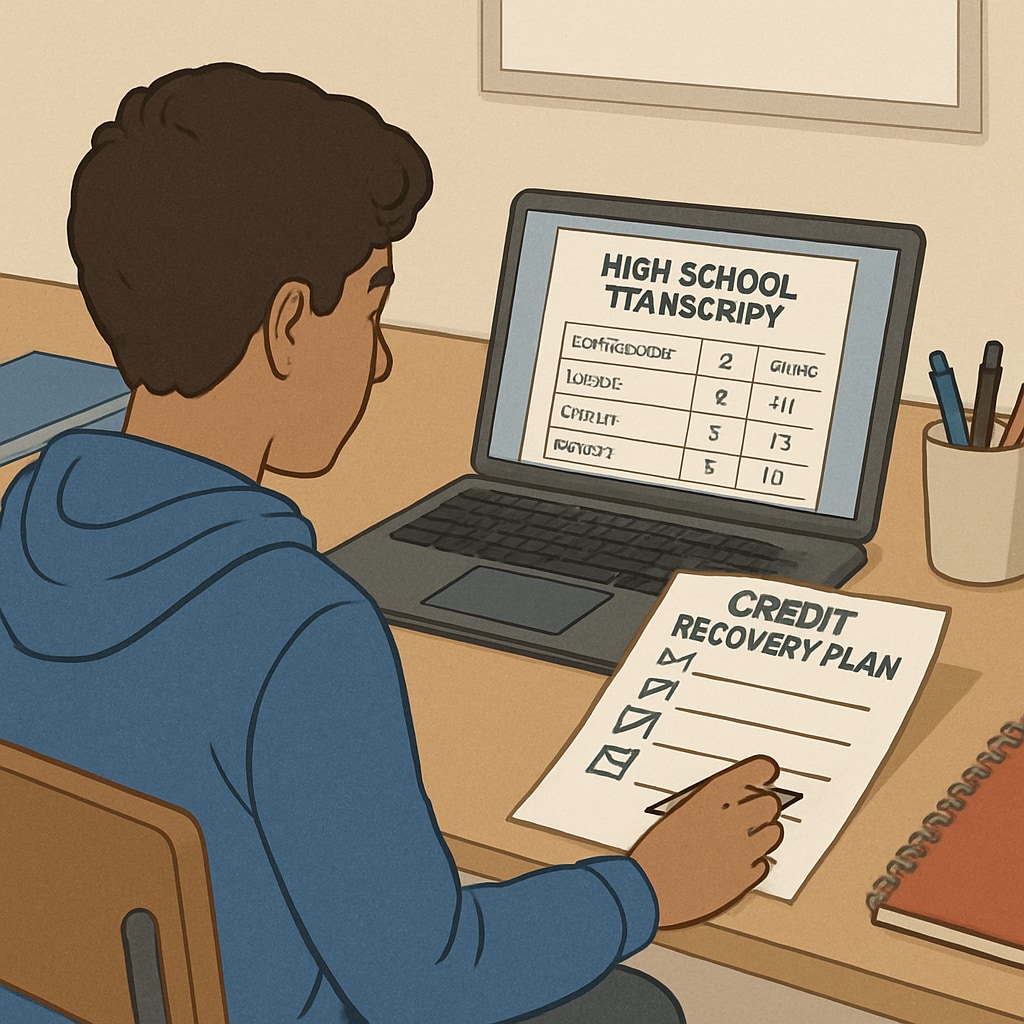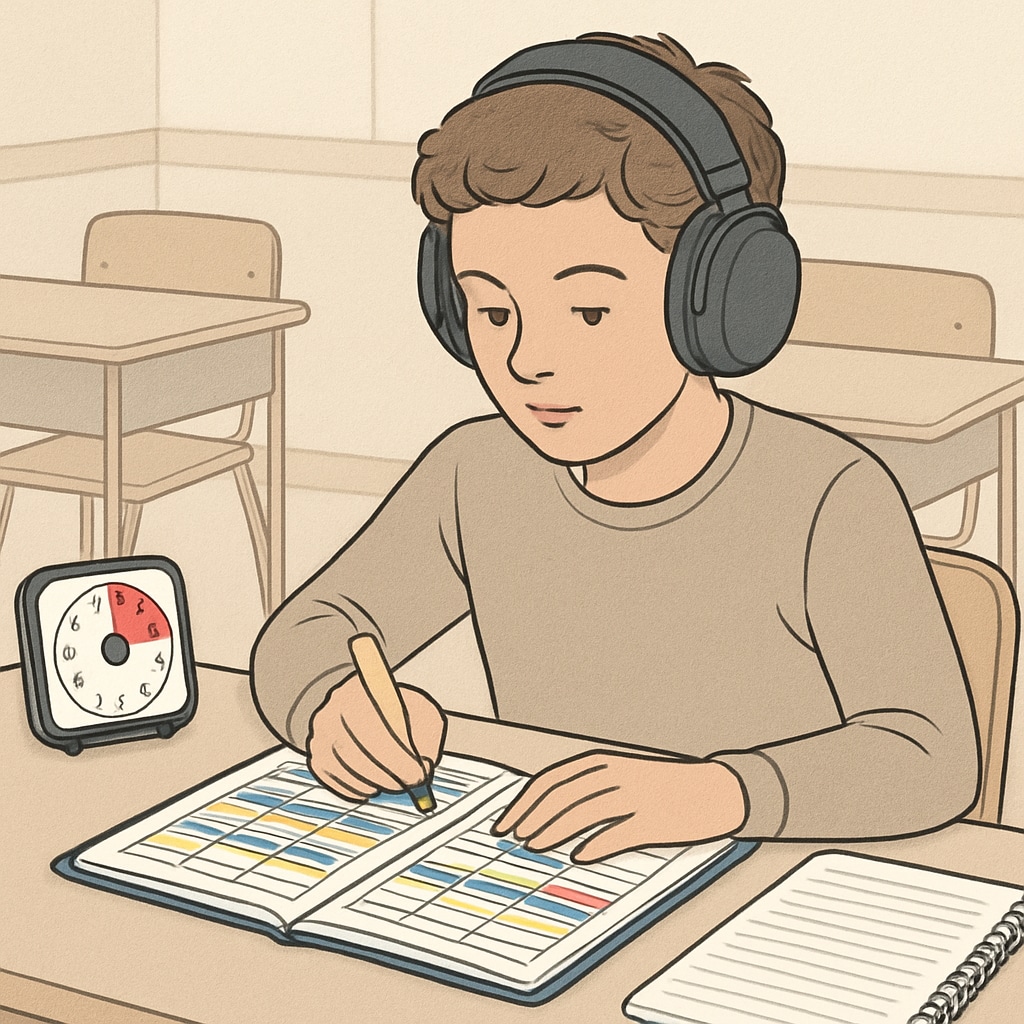Struggling with credit deficiency in high school can feel overwhelming, especially when combined with the challenges of ADHD. However, even with limited time remaining, students can still create a structured plan, utilize diverse learning opportunities, and access necessary support systems to ensure they graduate on time. This guide will explore practical strategies to help high school students effectively address their credit deficiencies while managing ADHD symptoms.
Understanding the Impact of Credit Deficiency
Credit deficiency occurs when students fail to meet the required number of credits needed to graduate. This can happen due to missed classes, failing grades, or personal challenges like ADHD, which can make organization and focus more difficult. Addressing this issue early is critical, as it affects eligibility for college applications, scholarships, and future career opportunities.
Students with ADHD may face unique hurdles, such as difficulties in time management, sustaining attention, and prioritizing tasks. Recognizing these challenges is the first step in creating a tailored plan for success.

Step-by-Step Strategies to Close the Credit Gap
To tackle credit deficiency effectively, students should adopt the following strategies:
- Review Graduation Requirements: Understand the total credits needed across core subjects like math, science, English, and electives. Consult with a school counselor to create a roadmap.
- Enroll in Credit Recovery Programs: Many schools offer evening classes, summer school, or online courses specifically designed to help students earn missed credits.
- Leverage Online Learning Platforms: Websites like Khan Academy and other accredited platforms offer flexible learning options, allowing students to catch up at their own pace.
- Create an ADHD-Friendly Study Environment: Minimize distractions, use timers, and break tasks into smaller chunks to stay focused and productive.
- Seek Extra Support: Tutors, peer study groups, and ADHD coaches can provide additional guidance and accountability.
By combining these strategies, students can steadily regain lost ground and build confidence in their abilities.

Developing a Personalized Plan with ADHD in Mind
For students with ADHD, it’s important to incorporate accommodations that address their specific needs. Here are some tips:
- Set Realistic Goals: Break the credit-recovery process into manageable milestones to avoid feeling overwhelmed.
- Use Organizational Tools: Apps like Trello or physical planners can help track assignments, deadlines, and progress.
- Prioritize Self-Care: Adequate sleep, regular exercise, and mindfulness practices can improve focus and reduce stress.
Additionally, communicate openly with teachers, counselors, and parents about any challenges related to ADHD. Schools often have resources, such as individualized education plans (IEPs) or 504 plans, which can provide accommodations tailored to your needs.
Staying Motivated Through the Process
Recovering lost credits requires persistence and a positive mindset. Celebrate small victories, whether it’s completing a course or improving grades. Surround yourself with supportive peers and mentors who encourage progress.
Remember, graduating high school is achievable with determination, resources, and a clear plan. Facing credit deficiencies and managing ADHD might be challenging, but it’s an opportunity for growth and resilience.
Readability guidance: Use short paragraphs and bulleted lists to summarize key points. Maintain a balance between professional tone and accessible language. Incorporate transition words effectively to ensure smooth flow and engagement.


